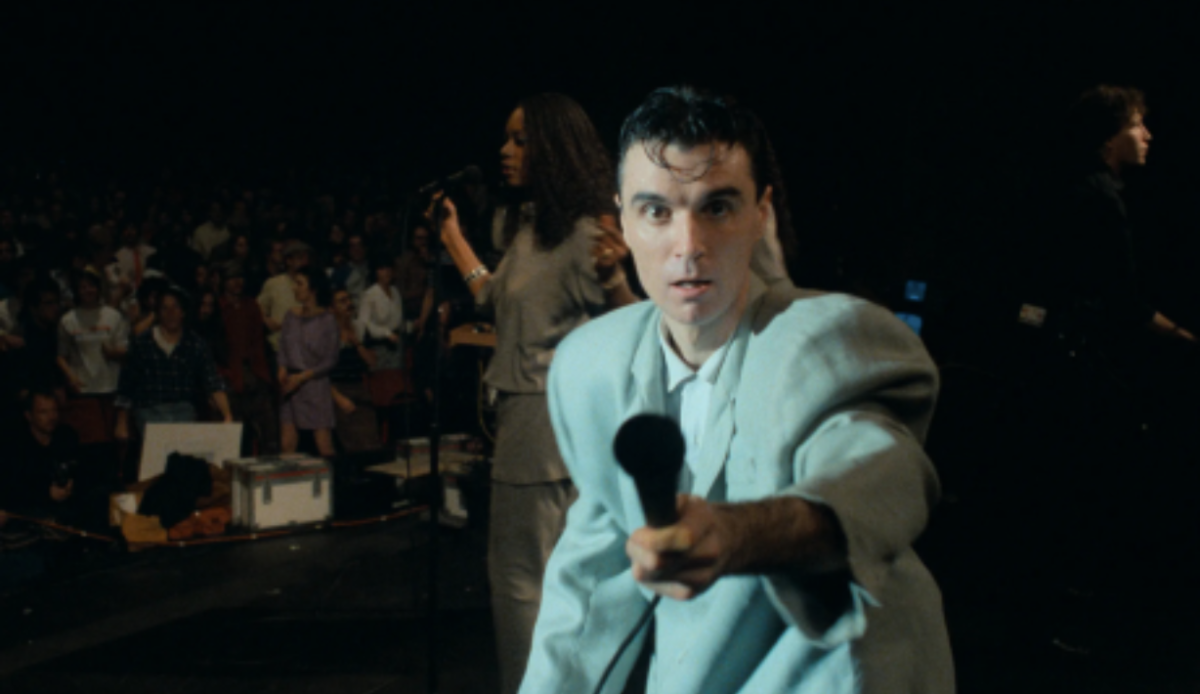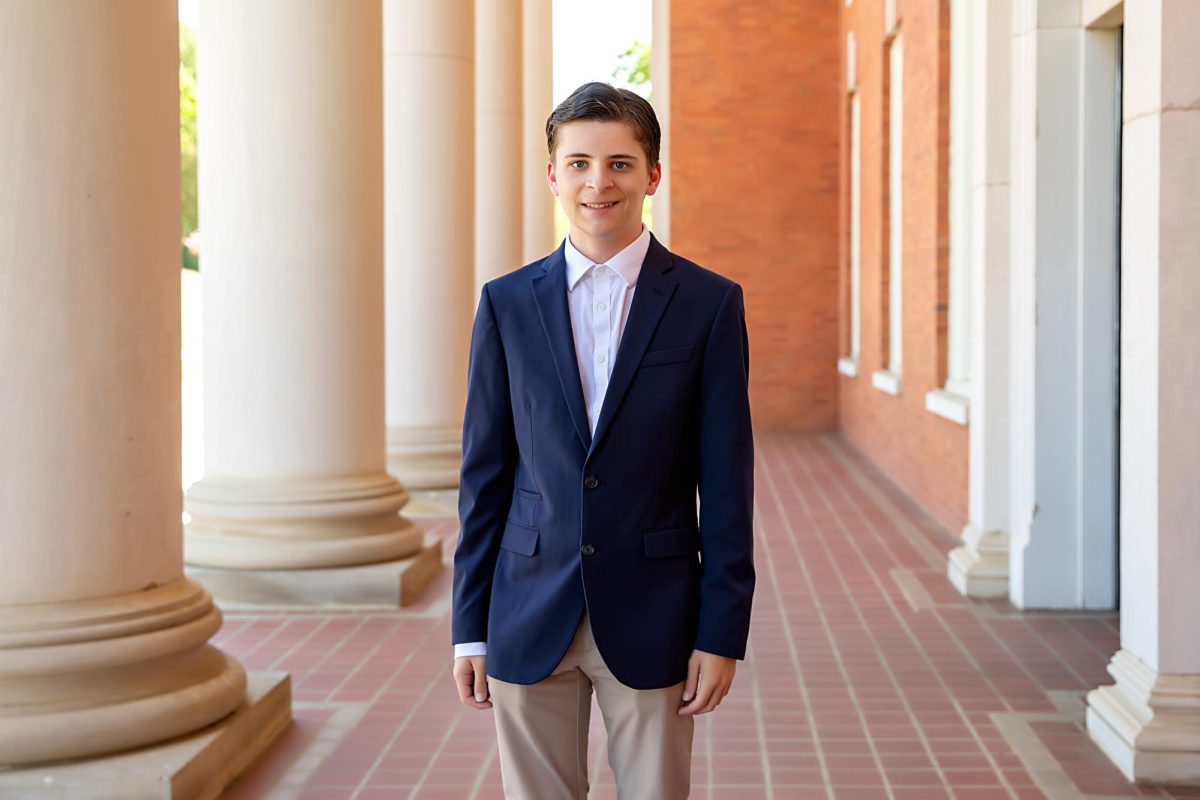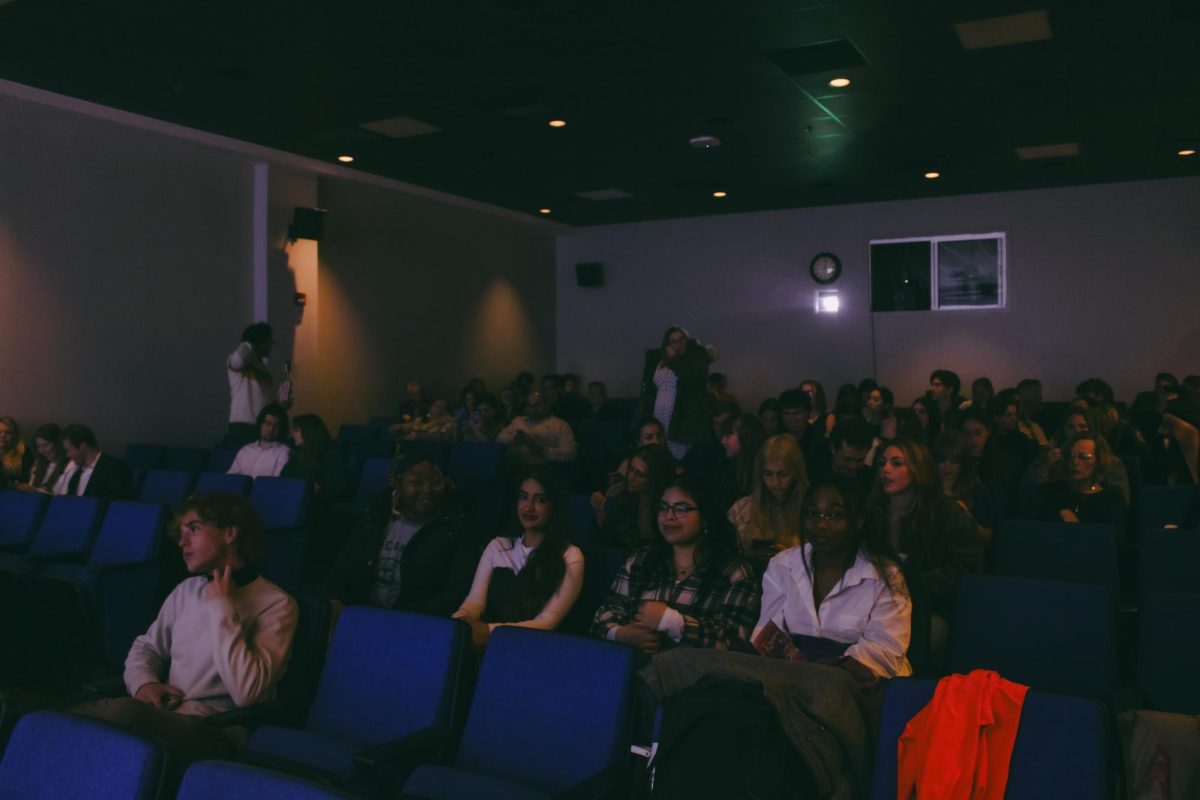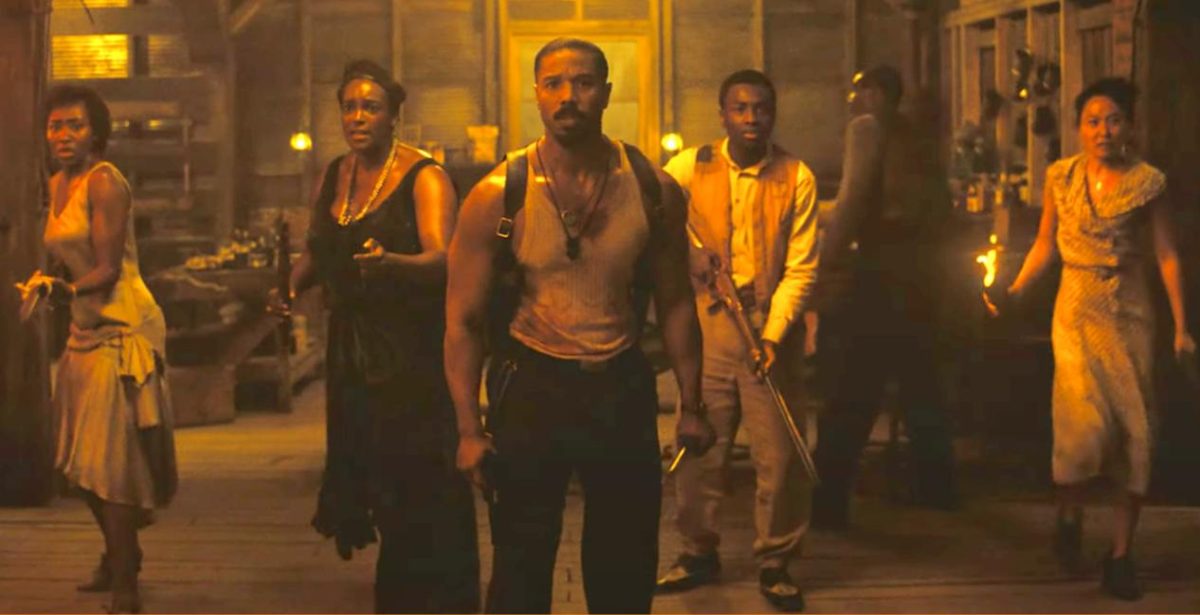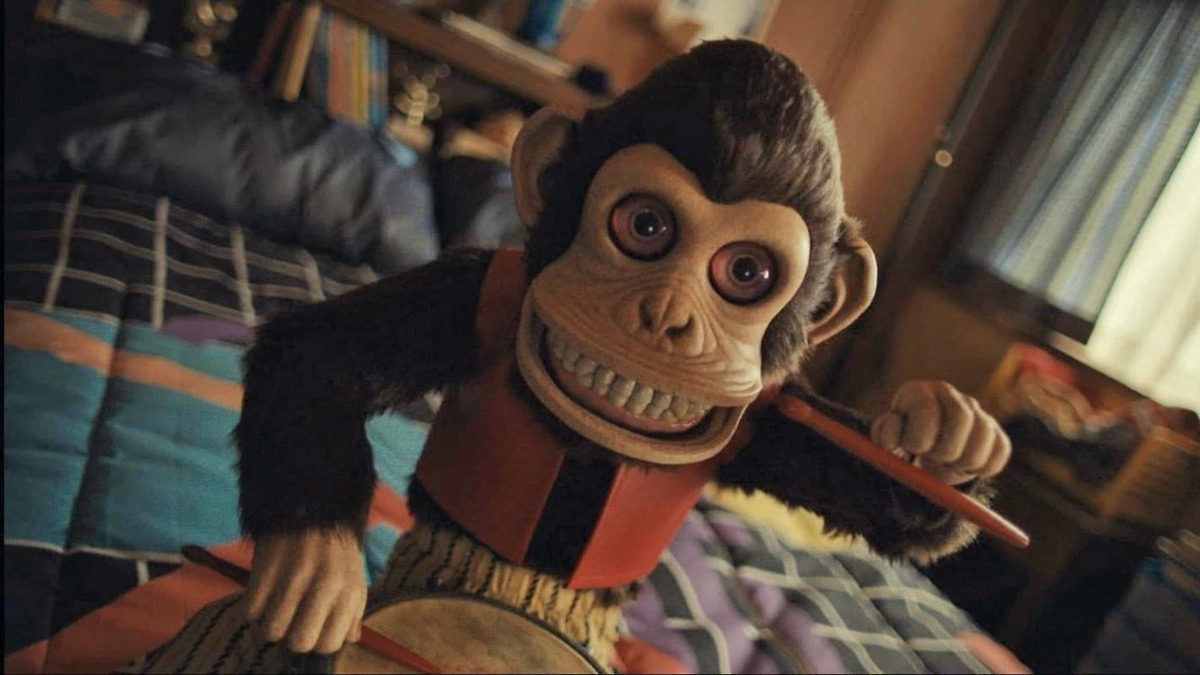In December 1983, a thin man in an ill-fitting white-gray suit walks onto a stage. He carries with him a guitar and a boombox, which he carefully sets on the ground. He adjusts the guitar strap around his neck and looks out over his audience. “Hi,” he says. “I’ve got a tape I’d like to play.”
The man is David Byrne, the lead singer and lyricist of the visionary art-punk group Talking Heads. This strange ritual is how he begins every show of the band’s tour in support of “Speaking in Tongues,” the album that yielded the top-ten hit “Burning Down the House.”
On that night in December, there is something unique about Byrne’s greeting: he doesn’t just say “hi” to the audience in the room. Instead, he says it to a camera.
That camera, operated by “Blade Runner” cinematographer Jordan Cronenweth and directed by Jonathan Demme, films the entire show. The movie Demme made from that footage is called “Stop Making Sense.” It is the greatest movie ever made, and it’s back in theaters with stunning remastered picture and sound from A24, overseen by Talking Heads multi-instrumentalist Jerry Harrison.
“Stop Making Sense” is distinct and unusual in the canon of rock documentaries. There is no rock star posturing from the band, there are no testimonials about Talking Heads’ cultural impact, and you can count the number of shots of ecstatic fans on one hand. It is not interested in manufacturing a mythology around the band or elevating them to the status of gods because it is not a movie about the band as celebrities. “Stop Making Sense” is a pure concert film. It is about the band as a collective of great artists coming together to make music in real-time.
The performance in “Stop Making Sense,” culled from a week’s worth of shows at Los Angeles’ Pantages Theater follows a near-narrative structure. Byrne performs the first song, “Psycho Killer,” accompanied only by his tape. With each subsequent track, another member of the band joins him until the full nine-piece band launches into “Burning Down the House.” As more band members appear, the music increases in complexity, progressing from stripped-down acoustic cuts to the frantic final jam, “Crosseyed and Painless.”
As the pseudo-narrative progresses, Byrne, who starts out awkward and stiff and almost timid-looking, loosens up. Once the full band is onstage, he dances like a madman, running laps around the stage while shouting, “This ain’t no party! This ain’t no disco!” in unison with his bandmates. He eventually dons an oversized, cartoonishly proportioned suit, which has become iconic. The suit emphasizes the intense physicality of his performance as he moves manically through “Girlfriend Is Better.”
The film’s editing is very important, carefully regulating the movie’s pace and focus. Demme and editor Lisa Day curate the images to ensure that no one band member takes precedence — Talking Heads’ stage is a democratic space where the rhythm guitarist is as essential as the lead singer. Jonathan Demme was, above all else, a filmmaker fascinated by humanity, and that human focus is integral to the film’s success.
The film documents the interactions between band members that would be lost in a concert setting. Percussionist Steve Scales plays hype man to a dancing Jerry Harrison. Drummer Chris Frantz beams at his wife, bassist Tina Weymouth, as she performs. Keyboardist Bernie Worrell raises an eyebrow and knowingly stares into the camera as he plays the iconic synth intro to “Once in a Lifetime.” These moments reveal the exuberance of the performance — this is not just a band of massively accomplished musicians but a band of people who find joy in creating and performing with each other.
The real key to understanding the magic of “Stop Making Sense,” though, is its relationship to the audience. Midway through “Girlfriend is Better,” David Byrne turns to the camera. He is sweat-drenched and wild-eyed, swept up in the mania of performance. As he registers that the camera was in his face, he extends his arm, pointing the microphone towards the audience as he stares expectantly.
“You can sing too,” he seems to be saying.
I saw the movie on one of the largest cinema screens in the country, in an IMAX theater with sound comparable to that of a live concert. Weymouth’s funk-tinged bass lines and Frantz’s propulsive drumming shook the room, and when Byrne held out that microphone, the pent-up energy that had been building in the audience broke free.
“I got a girlfriend that’s better than that,” the crowd chanted, “but nothing is better than this.” And, really, nothing is.


